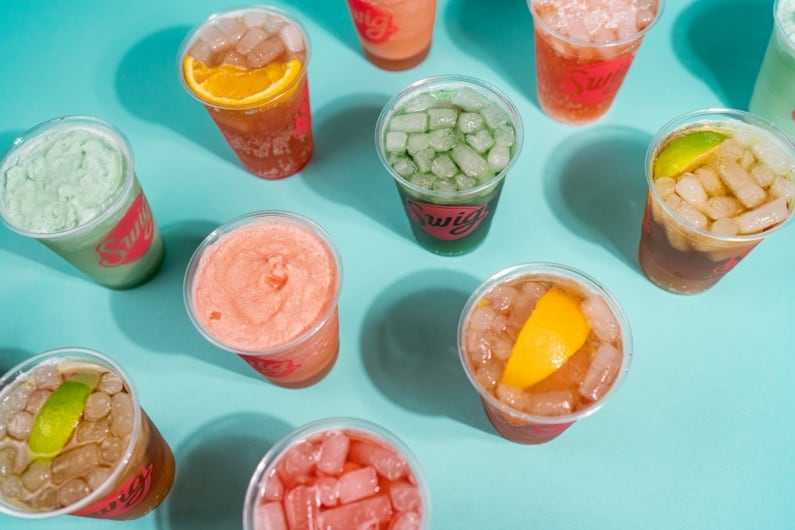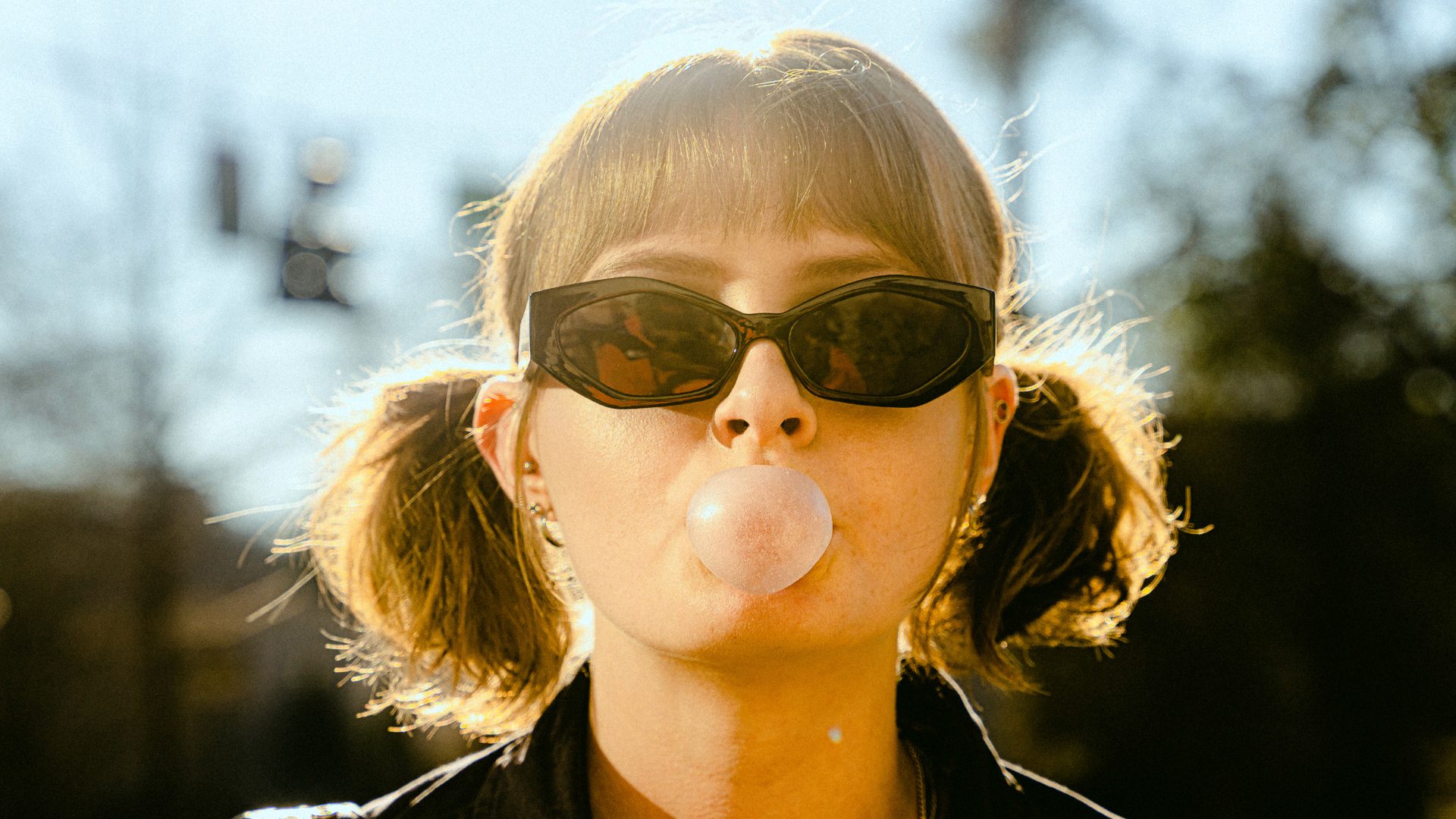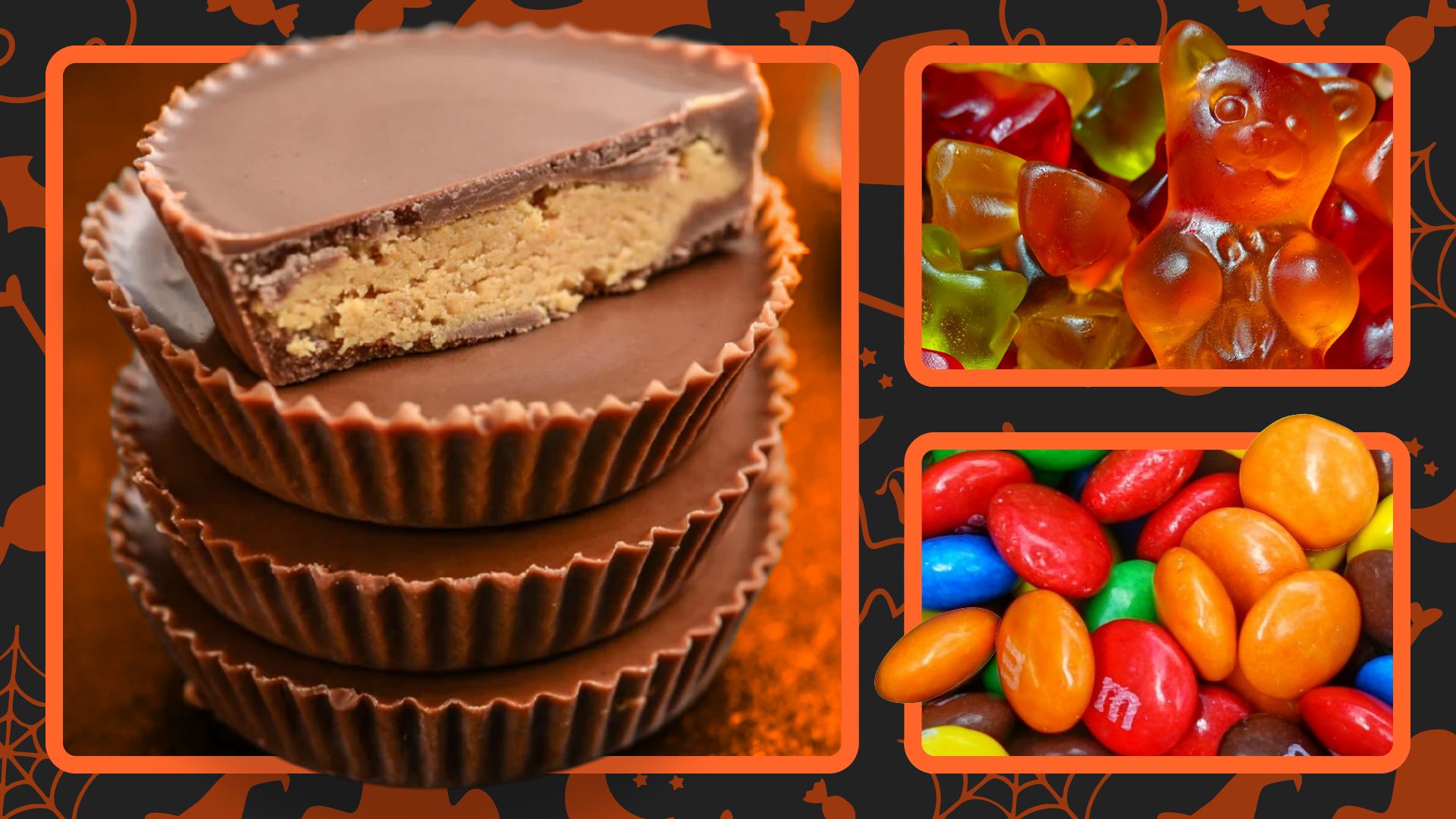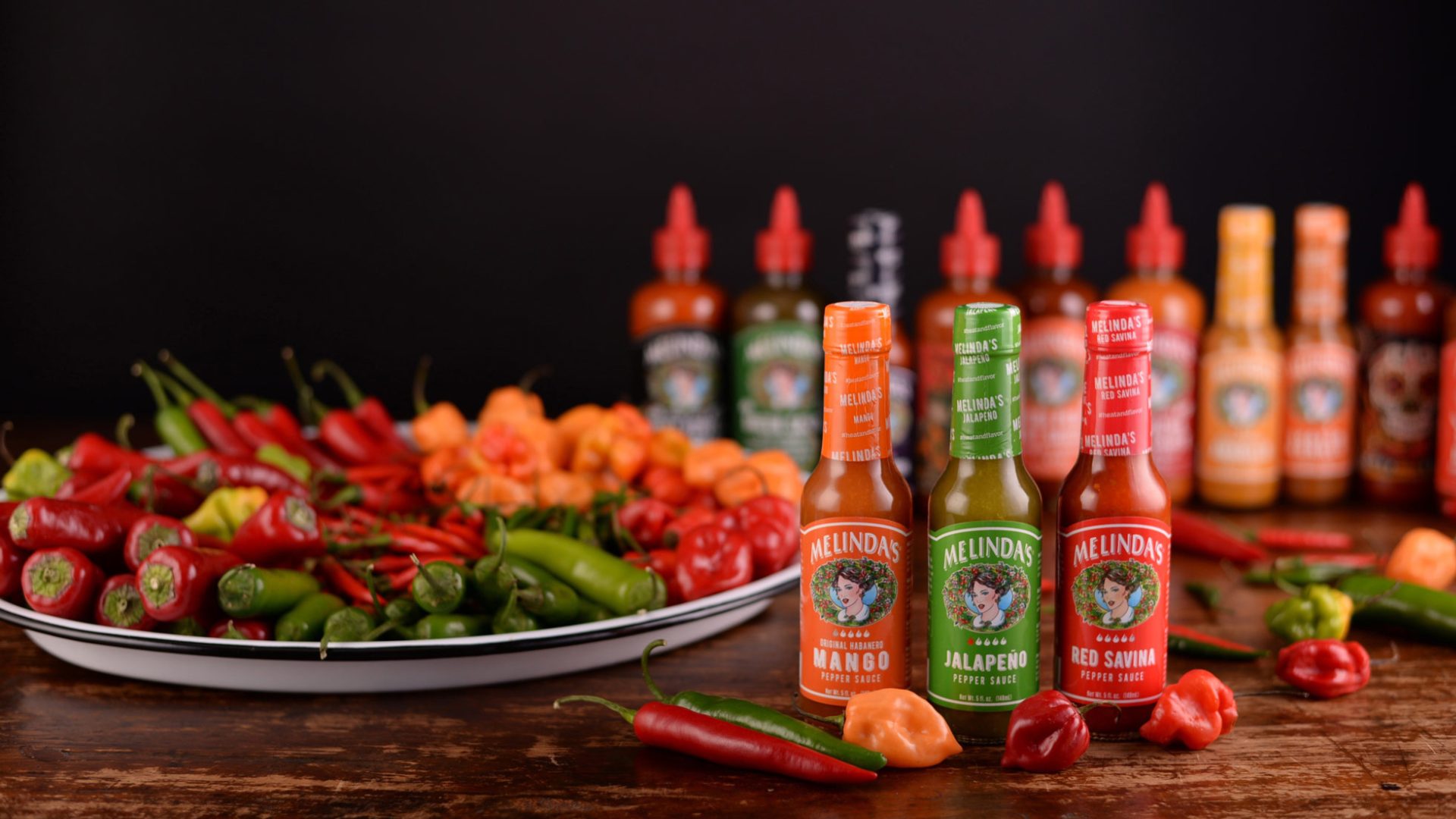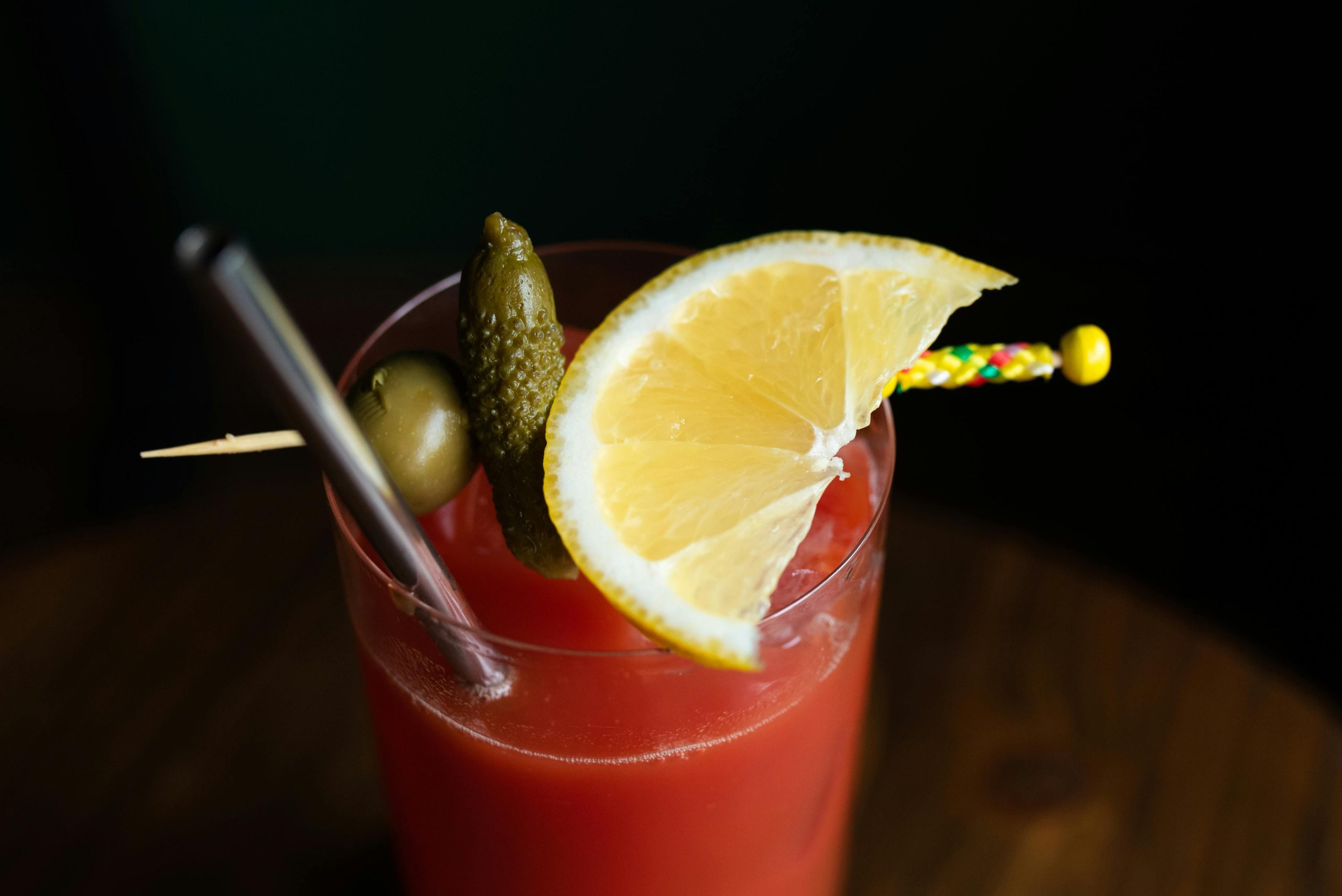Over the past year, the “dirty soda” trend has taken the beverage industry by storm, fueled by social media and the desire for customization and unique experiences. This phenomenon has prompted major brands and restaurants like McDonald’s, Chick-Fil-A, Applebee’s, and Crumbl to adapt and offer their own versions to appeal to a growing consumer base, particularly Gen Z.
According to MenuData, the market for dirty sodas is expanding rapidly. Currently, dirty soda menu penetration is at 2% but is growing at a rate of 42%, while traditional soda remains flat. The pricing for dirty sodas averages $5.50, with prices increasing by 6% quarter after quarter.
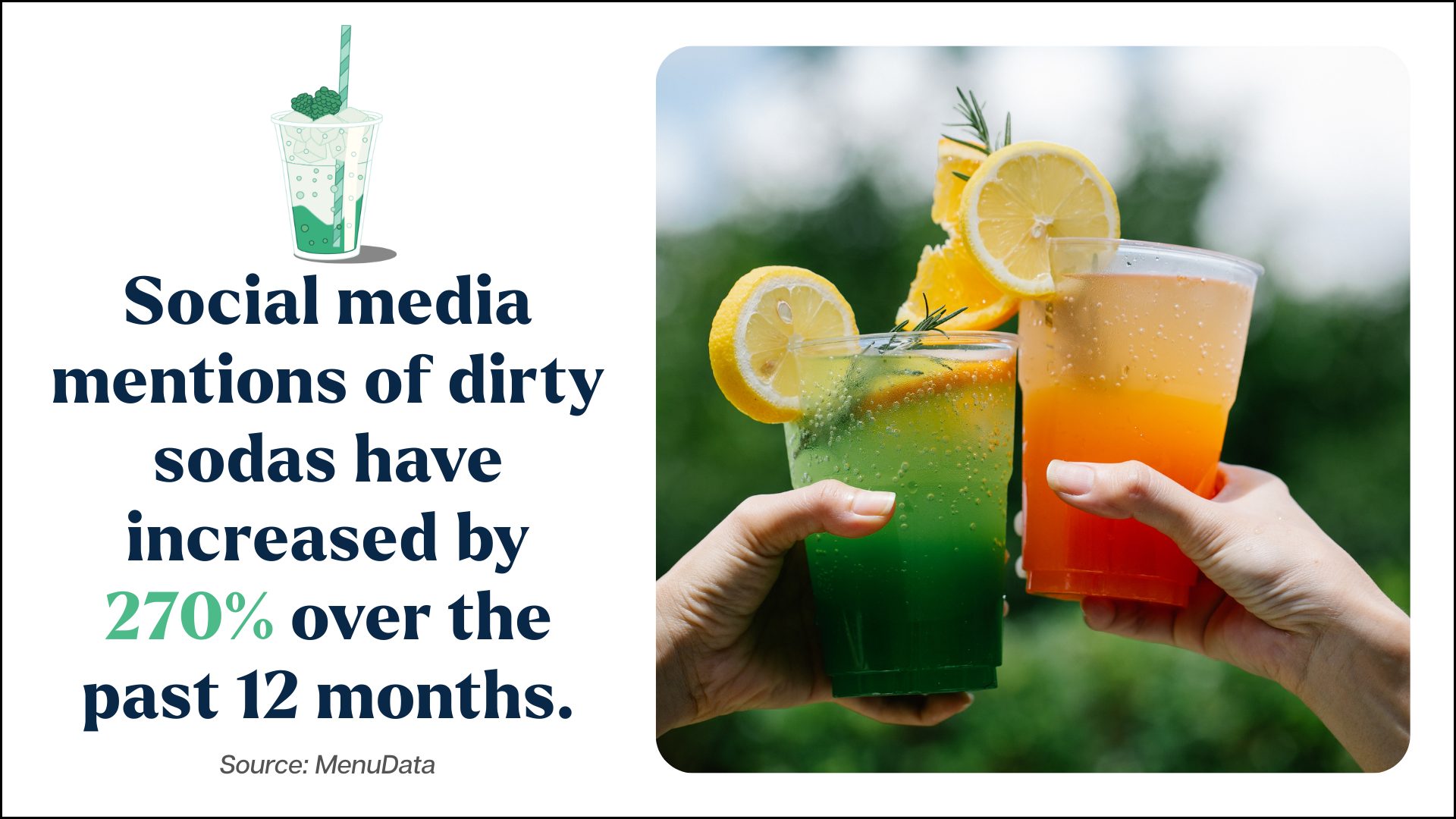
What’s Behind the Dirty Soda Trend?
Consumers are drawn to “dirty sodas” for several reasons. For starters, they relish the opportunity to craft their own unique flavor combinations, giving them a sense of customization and control.
The process of making or ordering a “dirty soda” is also seen as a fun and engaging experience. Consumers are also increasingly seeking out bold and unconventional flavors. For those who avoid alcohol, “dirty sodas” offer an indulgent and exciting alternative. The visually striking nature of these drinks makes them perfect for sharing on social media, adding to their appeal.
The “dirty soda” trend is largely driven by the preferences of younger generations, particularly Gen Z. Their desire for customization and unique experiences is a key driver of this trend. The growth of the non-alcoholic beverage market also plays a significant role, as there is an increasing interest in non-alcoholic options.
This creates a space for innovative and exciting alternatives like “dirty soda” to thrive. Consumers’ desire for new and personalized beverages, along with their interest in customizing beverage add-ins and add-ons, further drives the trend. Celebrities like Dua Lipa, Olivia Rodrigo, and Mormon Wives are taking dirty soda viral, further boosting its buzzworthy vibe.
Popular Add-Ins and Flavors Are Must Haves
The “dirty soda” trend has seen a variety of popular add-ins and flavors that appeal to a wide range of consumers. Whipped cream and flavored syrups are top preferences among 18–34-year-olds, while candied fruit is growing at 58% in menu penetration.
Cream is considered the “must-have” dirty soda ingredient, and popular flavors include coconut, pineapple, and strawberry. Emerging ingredients like protein, peach, and root beer are also gaining popularity.
Tips for crafting the perfect dirty soda include:
- Top with cream or coconut cream: This is a must for the perfect dirty soda.
- Add candied fruit: For that extra touch.
- Experiment with bold and unique flavors: Ensure popular ones like coconut, pineapple, and strawberry are part of the offerings.
- Make it visually striking: Ensure the drink looks visually appealing for sharing on social media.
- Consider other textures: Boba or functional benefits like protein can offer differentiation.
- Offer customization: Allow consumers to create their own unique combinations.
The dirty soda trend is more than just a passing fad; it’s a reflection of the evolving preferences of today’s consumers. As the market for non-alcoholic beverages continues to grow, dirty sodas are poised to become a staple in the beverage industry.
About the author: Joseph Chen is the founder and CEO of Leo & Dragon, a Toronto-based, independent insights management consultancy. It has provided foresight, insight, and market researching services to clients in retail, food & beverage and foodservice, as well as beauty and apparel, including many multibillion-dollar brands. For more information, or for media inquiries, contact Joseph Chen at 416-737-2731 or Joseph@leoanddragon.com.
The Food Institute Podcast
How will the One Big Beautiful Bill Act (OBBBA) impact your food business? Unraveling the implications of new legislation is never easy, but Patrick O’Reilly and Jeff Pera of CBIZ explain how provisions of the bill related to no tax on tips, depreciation and expensing of capital purchases, and research and development will impact the industry.


